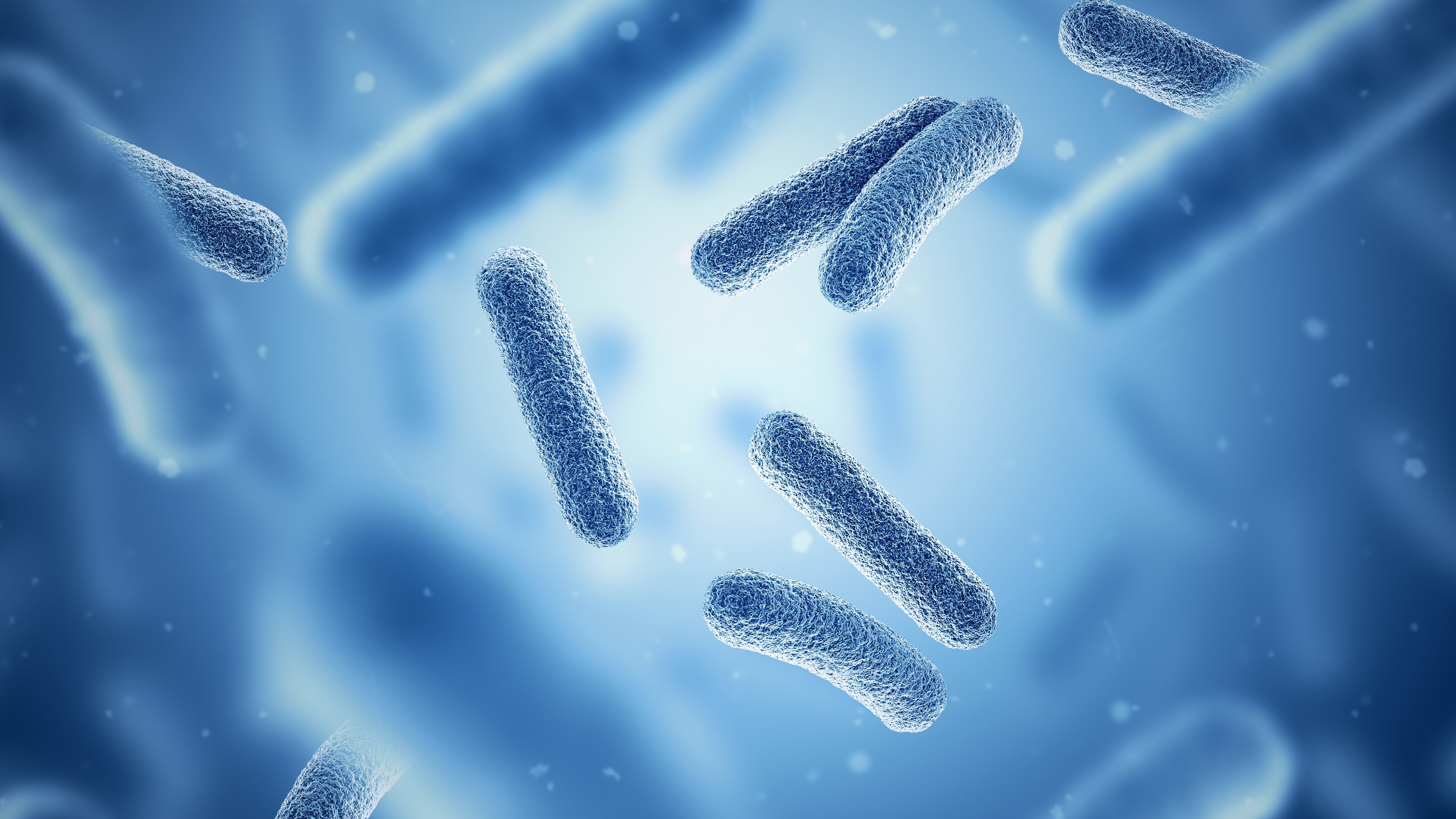Loveday Lewin, a recent Biology graduate from the Department of Life Sciences, saw her final year project published in PLOS Computational Biology. Her study analysed existing experiments in genetic engineering to understand more about how genes work in their bacterial hosts and identify improvements to the process.
When designing genes to work in bacteria, biotechnology researchers will often look at which genes in a native species are highly expressed and copy their design. In this study, Lewin analysed a prior experiment using the model bacteria, E. coli., overturning a long-held assumption about gene design.
Understanding genetic engineering
For years, scientists have been successfully introducing human genes into bacterial cells, engineering them to produce human proteins. The most common example of this is the synthetic production of insulin, where bacteria are altered to produce the blood-sugar-regulating hormone.
DNA is a molecule that stores genetic information and codes for traits. A similar molecule, RNA is then responsible for sending that genetic information as a message so that cells can start producing proteins. This is the same for all types of living cells.
Occurring as long, single strands, RNA tends to fold back on itself and stick, like the loose end of a roll of Sellotape. Those with naturally less ‘sticky’ front ends are turned into proteins much more easily than those with very ‘sticky’ front ends. Scientists have also assumed that the less ‘sticky’ RNA strands will also be more highly expressed. When designing genes to insert into bacteria, they artificially engineer front ends to be less ‘sticky’, hoping they will perform better.
This has been well-tested using E. coli, but less so with other bacteria. Lewin and team set out to find patterns in what makes for less ‘sticky’ RNA front ends that can be applied to other species.
Analysing the data
Scientists often assume that copying the makeup of highly expressed native genes will lead to the best artificial genes. Lewin and the team set out to test the assumption that highly expressed genes have a ‘non-stick’ front end. If they proved the theory, this would allow scientists to easily learn tricks from native genes without much additional data.
As a model species with vast experimental data, E. coli was the ideal bacteria to analyse. From the dataset, the team could find out what made for a ‘non-stick’ RNA front end in the species, and closely examine the bacteria’s native genes.
In a surprising twist, they found the opposite of what they were expecting. Front-end trends in the native highly expressed genes were completely opposed to those seen in the experimental data. This disproved the commonly held assumption that the expression of native genes provides a template for making genes with a ‘non-stick’ front end.
From analysing the data patterns, the team also uncovered the reason for the previous misunderstanding, which could benefit future research. ‘Stickier’ front ends are needed to maintain a constant level of gene expression, while a ‘non-stick’ front end leads to high levels of output.
Speaking on having her final year project published in a respected journal in the field, Loveday Lewin said: "It was fantastic to make such an interesting finding during my final year project, and even more exciting to see it published. This experience has given me a taste for research, and I would love to stay in the field to do a PhD in the near future."
Assisting Lewin on the study was Kate Daniels, who joined the team in the period between her A-levels and University. The project was supervised by Professor Laurence Hurst of the Department of Life Sciences.

